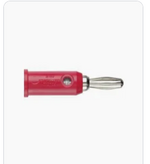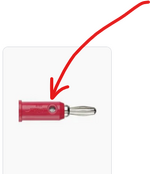yefj
Advanced Member level 4
Hello , I have designed the amplifier of two layers (single ended) as shown bellow.
How ever i will use it to amplify a DC signal.(although it has 1MHZ BW)
i am outputing the DC voltage into a connector as shown bellow .
What kind of connector do you reccomend i need to plug into my PCB for this purpose?
Thanks.


How ever i will use it to amplify a DC signal.(although it has 1MHZ BW)
i am outputing the DC voltage into a connector as shown bellow .
What kind of connector do you reccomend i need to plug into my PCB for this purpose?
Thanks.

